AI’s Dirty Little Secret—And Why It’s About to Cost Businesses Big Time
AI has been called the biggest technological revolution since the internet, a marvel reshaping everything from medicine to art. But here’s what no one’s putting on the glossy headlines: AI is an energy glutton.
That chatbot you ask for dinner recommendations? It runs on power-hungry servers guzzling electricity. That mind-blowing deepfake video? The AI model behind it took weeks of energy-intensive processing to create. Every predictive model, every AI-generated work of art, every voice assistant responding to you like some futuristic butler—it all comes with an invisible but devastating carbon bill.
And it’s getting worse. By 2025, AI’s energy consumption could rival some entire nations. The data centers behind this technological gold rush are running so hot, they might as well have smoke coming out of their metaphorical exhaust pipes.
But let’s be clear: this isn’t just an environmental problem—it’s an existential one for businesses. Energy prices are soaring. Regulators are cracking down. Investors are tightening their wallets for companies that ignore sustainability. Consumers? They’re getting wise to the cost of unchecked AI expansion.
If businesses don’t take AI’s energy addiction seriously, they’re not just burning through power. They’re burning their own futures.
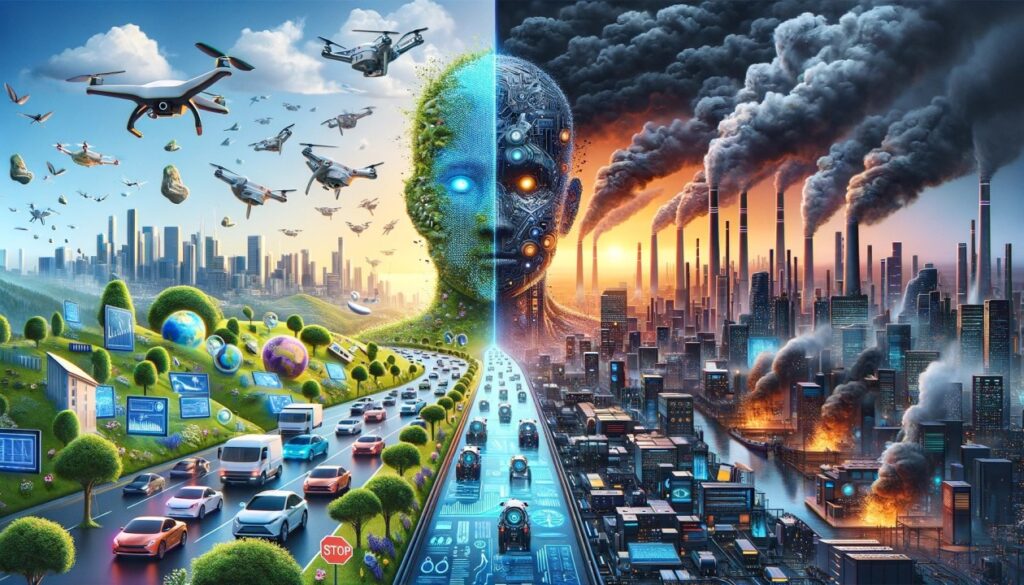
The AI Energy Addiction: The Cold, Hard Numbers
This isn’t some vague climate warning. The numbers are already staring us in the face.
AI’s Insatiable Carbon Footprint
| Year | AI Energy Consumption (TWh) | CO₂ Emissions (Million Metric Tons) |
|---|---|---|
| 2022 | 17 | 10 |
| 2023 | 32 | 19 |
| 2024 | 61 | 35 |
| 2025 (Projected) | 110 | 65 |
- AI’s energy demand is doubling every year. This isn’t slowing down—it’s accelerating.
- By 2025, AI’s projected power consumption could hit 110 terawatt-hours (TWh)—that’s more electricity than some countries use in an entire year.
- Training a single advanced AI model produces as much CO₂ as five gas-powered cars over their entire lifetimes.
If that doesn’t set off alarm bells, you’re not paying attention. Businesses that don’t take action now are marching straight into a regulatory and financial buzzsaw.
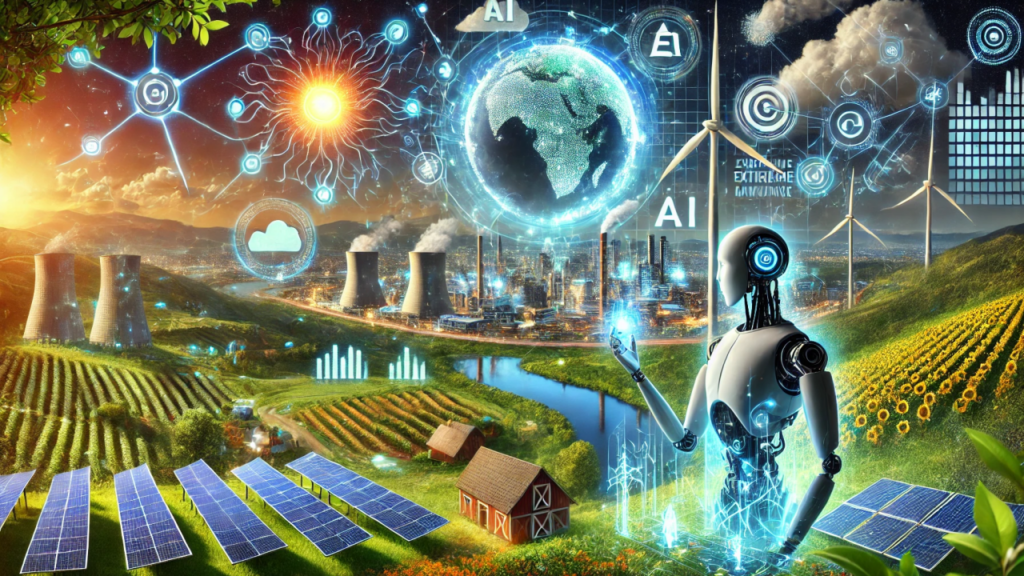
The Smart Companies Are Already Making Their Move
Some companies get it. They’re not waiting for disaster to strike before taking action. They’re overhauling their AI strategies to be more efficient, sustainable, and future-proof.
1. Energy-Efficient AI Chips: Less Waste, More Power
📌 Example: NVIDIA’s H100 GPUs
- 30% more energy-efficient than previous generations.
- Already being used by Google, Microsoft, and Amazon to cut down on AI’s power-hungry demands.
💡 Why it matters: Hardware is step one. Smarter chips mean less wasted electricity and lower costs—a win-win for both the planet and the balance sheet.

2. AI Data Centers That Don’t Suck Up the Grid
📌 Example: Google’s Carbon-Free Cloud Initiative
- Google Cloud is now 90% powered by renewable energy and pushing for 100% by 2030.
- AI models hosted on Google’s cloud are drastically cutting their carbon footprint compared to fossil fuel-powered alternatives.
💡 Why it matters: If your company is still running AI on old-school, energy-draining servers, you’re already behind your competitors.
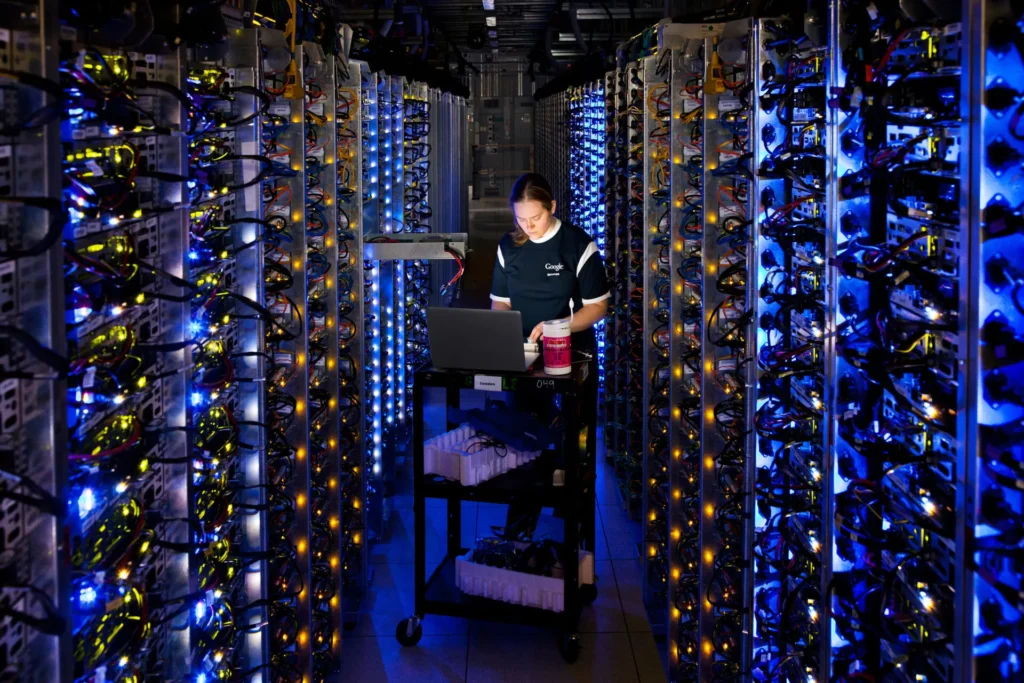
3. AI Fixing the Problem It Created
📌 Example: IBM’s AI for Climate Solutions
- IBM is using AI to optimize energy grids, predict extreme weather, and slash emissions.
- Businesses are deploying AI to monitor and cut their own carbon footprints.
💡 Why it matters: AI isn’t just part of the problem—it can be part of the solution. But only if businesses use it wisely.
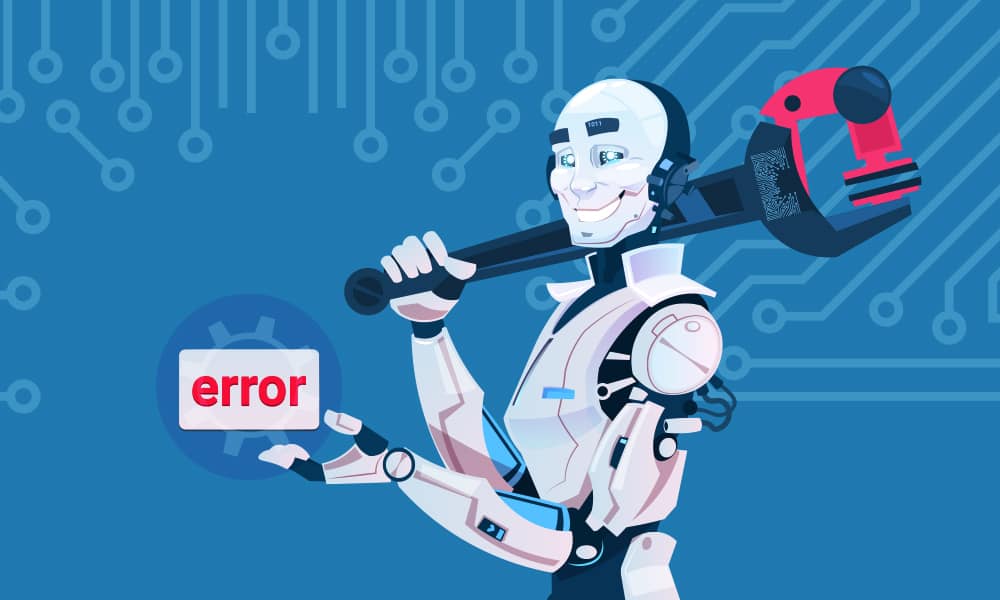
Ignoring AI’s Energy Problem Isn’t Just Bad for the Planet—It’s Bad for Business
This isn’t just an environmental crisis—it’s a business risk. Companies that ignore AI’s carbon footprint are about to face a triple threat:
🚨 Government Crackdowns: Carbon taxes and energy regulations aimed at AI are already in motion. 🚨 Consumer Backlash: A whopping 75% of consumers now say they prefer brands committed to sustainability. 🚨 Investor Pressure: ESG (Environmental, Social, and Governance) criteria are increasingly non-negotiable for funding and partnerships.
📌 Example: Microsoft’s Carbon-Negative AI Pledge
- Microsoft aims to be carbon negative by 2030, setting the industry standard for green AI.
- Investing in AI-powered tools to track, reduce, and offset emissions.
💡 Translation? If you’re not building a sustainable AI strategy, your competitors already are.
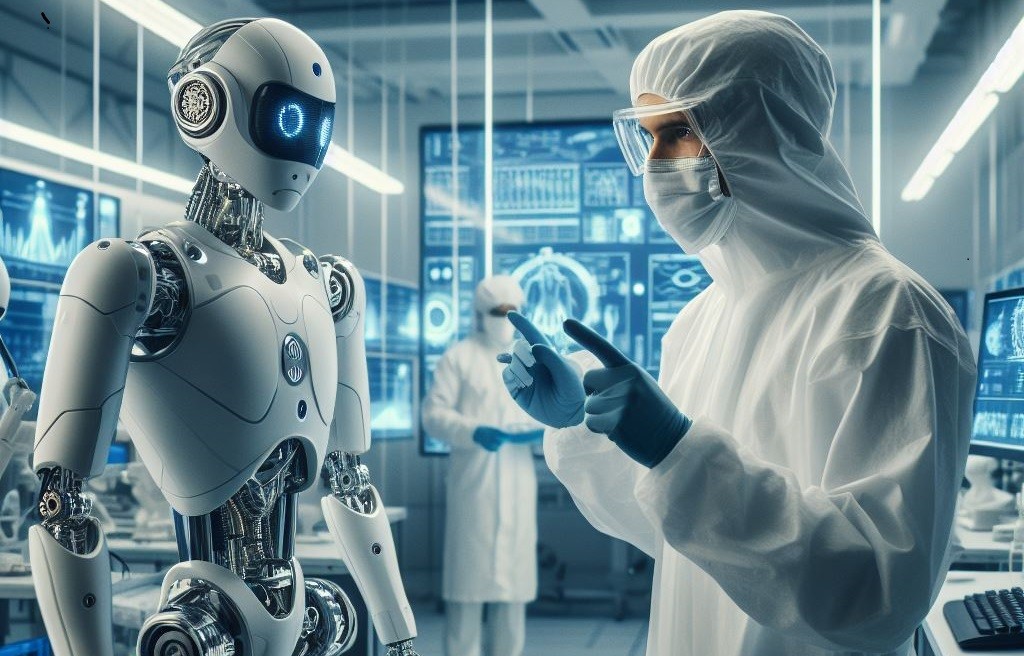
5 Steps Businesses Can Take Right Now to Green Their AI
This isn’t about vague pledges or corporate lip service. Here’s what smart businesses are doing today to cut AI’s environmental footprint:
1. Smarter AI Training, Less Waste
- Instead of brute-forcing AI models with massive computations, use more efficient training techniques.
- Example: OpenAI has slashed AI training energy use by 50% without compromising performance.
2. Switch to Carbon-Neutral Cloud Providers
- AI workloads should be running on 100% renewable energy-powered data centers.
- Example: Companies switching to green cloud services have cut emissions by 30-40%.
3. Shrink AI Models Without Killing Performance
- Use techniques like quantization and pruning to make AI models leaner and faster.
- Example: MIT researchers reduced AI power consumption by 60% with no accuracy loss.
4. AI That Monitors Its Own Energy Use
- AI systems can track their own power usage and optimize workloads in real time.
- Example: AI-driven energy monitoring has cut data center waste by 20%.
5. Apply AI to Reduce Business Carbon Footprints
- AI can optimize logistics, reduce waste, and streamline supply chains.
- Example: Amazon’s AI-driven logistics have cut delivery emissions by 12%.
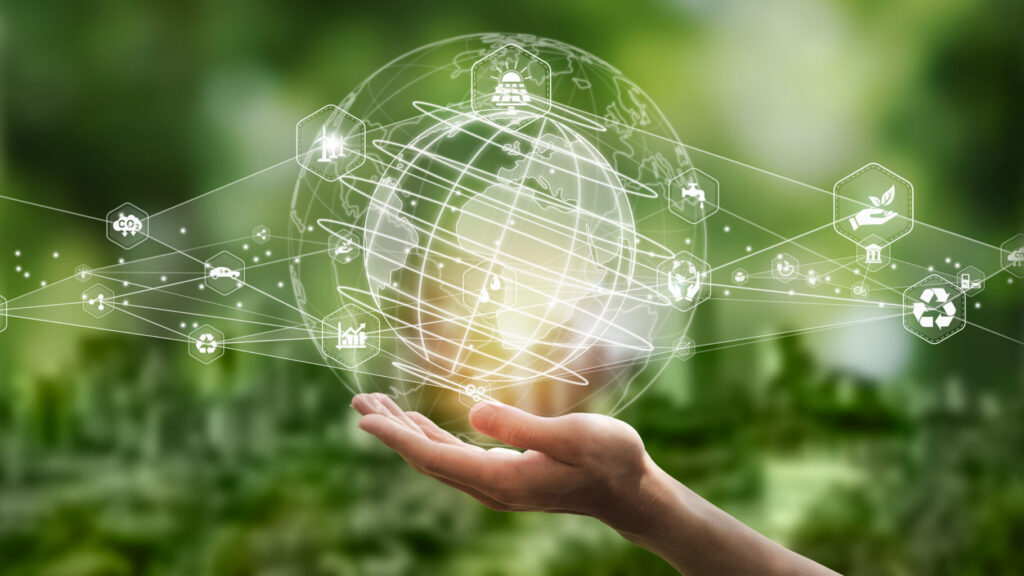
The AI Industry Has Two Paths: Innovate or Get Left Behind
AI isn’t going anywhere—but neither are climate regulations, rising energy costs, or shifting consumer expectations. Companies that get ahead of the sustainability curve will win. Those that don’t? They’ll be left struggling with skyrocketing costs, lost customers, and regulatory penalties.
What’s Coming in the Next Five Years?
🔹 AI models that use 50% less energy. 🔹 Major regulations forcing AI companies to go green. 🔹 More AI businesses running entirely on renewable power.
If your company isn’t already adapting, it’s only a matter of time before the pressure catches up. The AI revolution is here—but only the smart, sustainable companies will survive it.
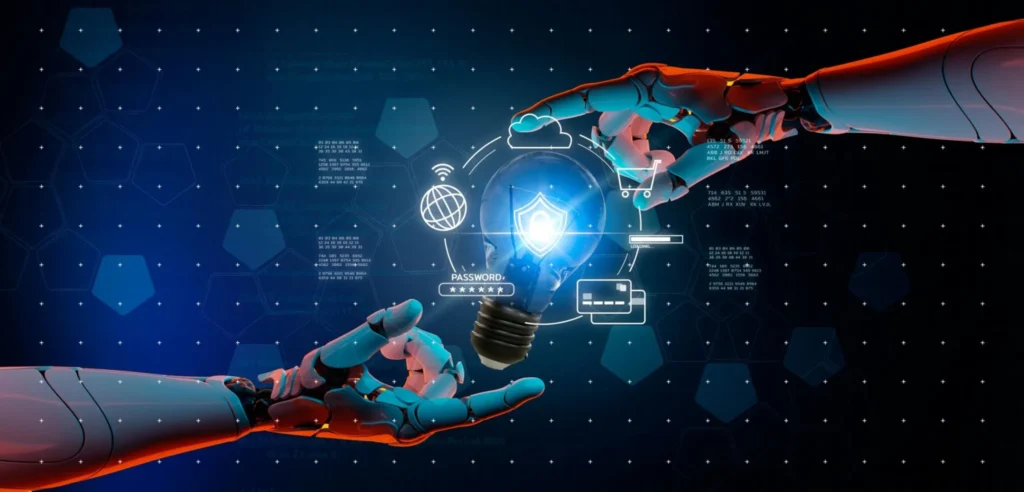
Final Thoughts: The Time to Act is Now
AI is rewriting the rules of business, but unchecked energy consumption could bring it all crashing down. The companies that embrace sustainable AI today will be tomorrow’s industry leaders. The ones that don’t? They’ll be footnotes in history.
So here’s the question: Are you future-proofing your AI strategy, or are you sleepwalking into an energy crisis? 🌍⚡🤖

